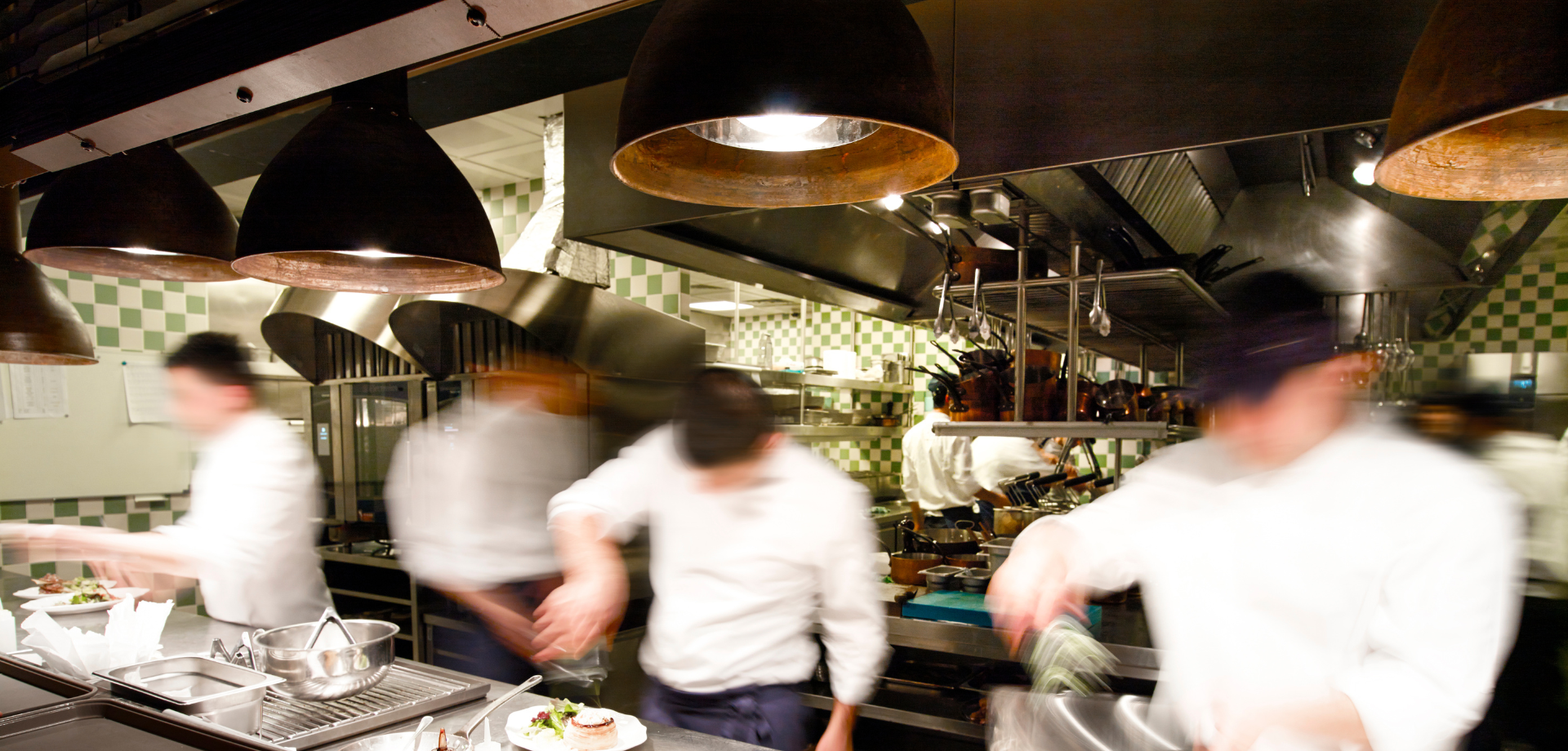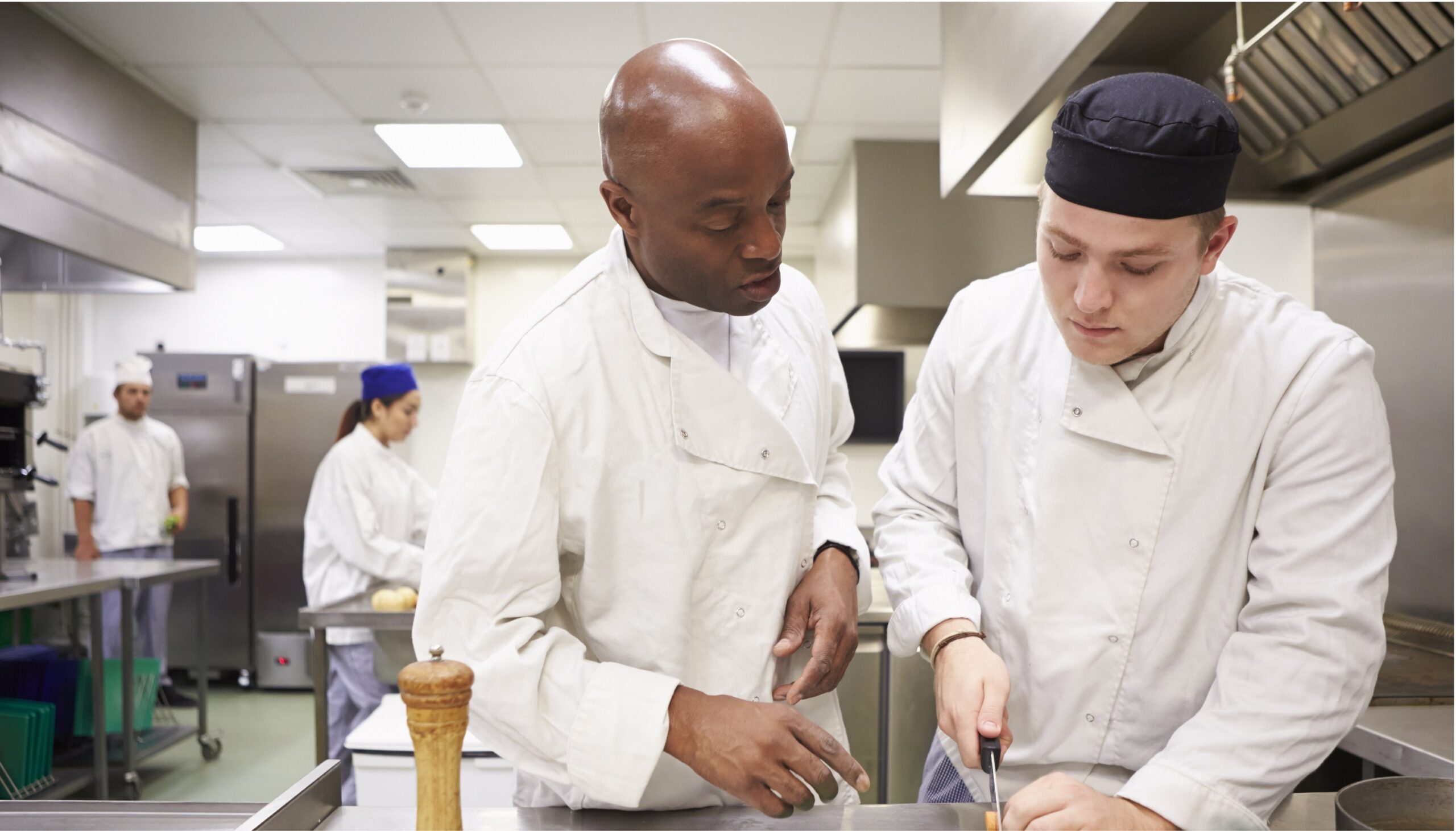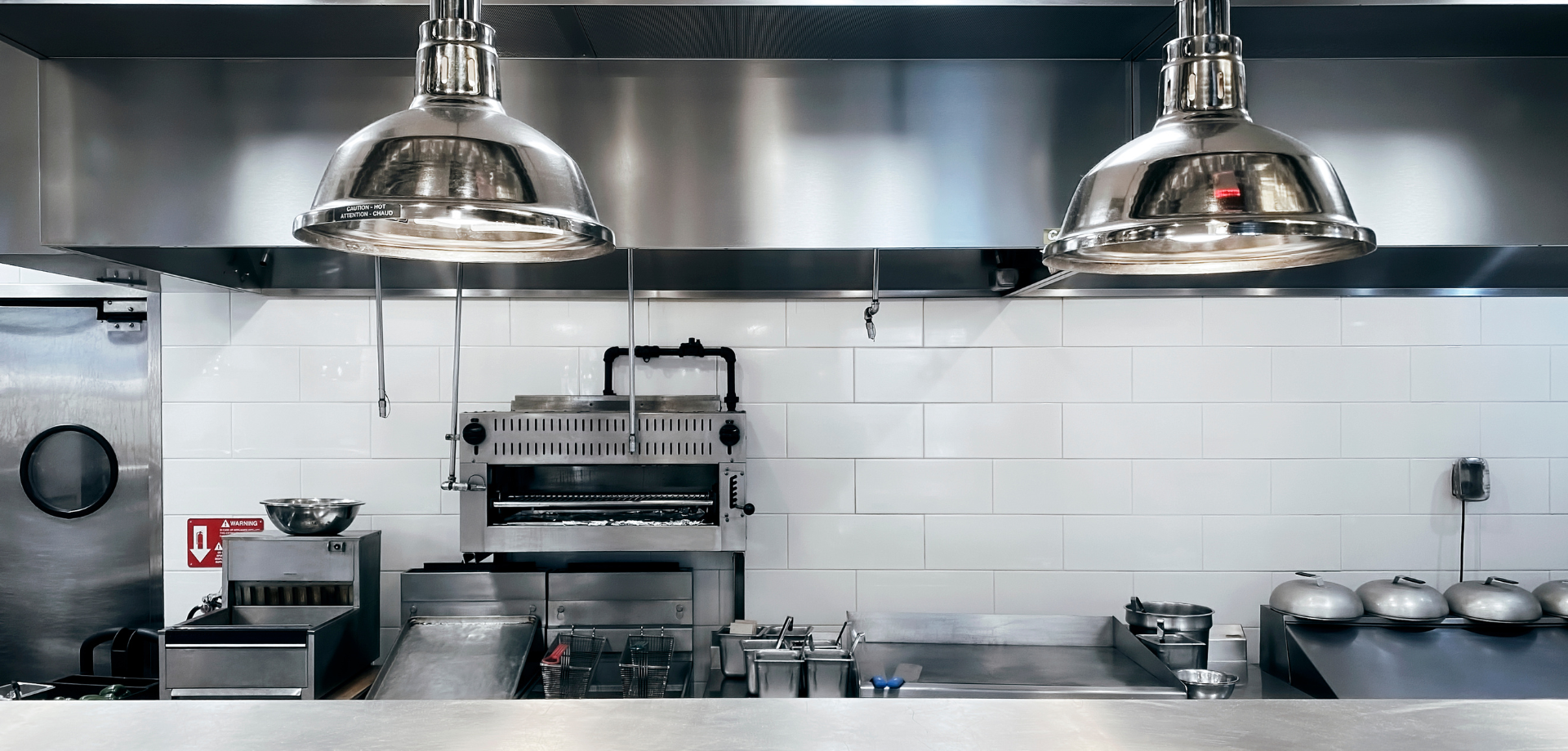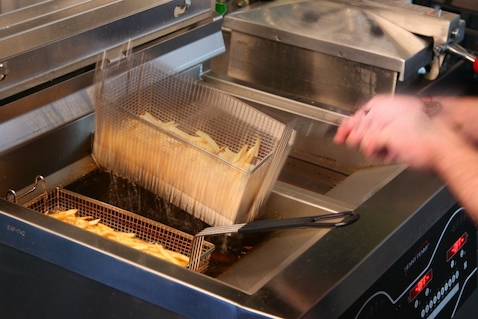Foodservice operators rely on systems to keep kitchens efficient, consistent, and profitable. You manage inventory, schedules, and service with a clear process.
At PHT Systems, we apply the same principle to our own business.
We run on the Entrepreneurial Operating System (EOS), an internal framework that ensures every part of our company — from consultation to service — is aligned around a single goal: delivering better results, faster responses, and lasting support for your operation.
6 Ways EOS Makes PHT Systems a Stronger Partner for Your Kitchen
The EOS framework is built on six key components. By focusing on these core areas, we align our entire team and processes on what matters most: delivering consistent value to your foodservice operation.
1. Vision: Aligning Around The Operator’s Needs
EOS starts with 100% clarity on vision. For PHT Systems, that vision is simple: we help foodservice operators run smoother, more profitable kitchens.
Every equipment recommendation, service call, and training session leads back to one goal. We stay focused on your desired outcomes — like lowering oil costs, reducing downtime, or maximizing limited space — to deliver a measurable return on your investment and satisfaction for your customers.
2. People: Building a Team with the Right Individuals in the Right Seats
A system is only as good as its leaders. EOS emphasizes having the “right people in the right seats.” At PHT Systems, this translates directly to the experts you work with:
- Experienced Foodservice Consultants: Our team has the industry experience to understand your unique challenges and recommend the right equipment.
- Factory-Trained Technicians: We employ expert foodservice equipment technicians, who are factory-trained to service brands including Henny Penny, Fri-Jado, Carpigiani, and Prática.
- Accountable Support Staff: Our team members are specialists in their individual roles, and together we collaborate to support our customers, ensuring the right solutions are delivered with consistent follow-through.
3. Data: Using Metrics to Drive Better Service
EOS teaches that data clarifies performance and removes guesswork. By tracking key metrics on response times, service outcomes, and training hours, we gain a clear view of our performance.
For you, this data-driven approach means more consistent service and the confidence that PHT Systems is monitoring what matters most, such as dispatching a restaurant equipment service technician to your location quickly to minimize downtime.
4. Issues: Solving Problems Quickly and Permanently
In foodservice, unsolved problems cost money. A fryer that is down or a team that is not trained properly can negatively impact customer service and repeat business.
EOS provides a framework for identifying and resolving these issues permanently. When a problem arises, PHT Systems brings the right team together to identify the root cause and deliver a lasting solution. This could be a quick equipment repair, immediate parts replacement, or scheduling onsite restaurant equipment re-training.
5. Process: Standardized Procedures for Reliable Results
Clarity and consistency are essential to EOS. Because we have built clearly defined, standardized processes for every part of PHT Systems’ business, including consultation, installation, training, and service, you know exactly what to expect from us.
Our processes for foodservice equipment training are clear and reliable, ensuring your team receives the same high-quality instruction every time.
6. Traction: Turning Goals into Results
Finally, EOS is about execution and accountability. We set quarterly goals and hold regular meetings to keep the entire team focused on improving our customers’ experience.
For foodservice operators, this translates into a partner that never stops improving. We continually invest in better service, new commercial kitchen equipment training resources, and more efficient equipment solutions to help you succeed.
Better Systems. Better Kitchens. Better Partnership.
By running on EOS, PHT Systems operates with the same clarity, discipline, and focus that our customers value in their own kitchens. We are a business designed to be your most reliable partner.
Ready to see how a process-driven foodservice equipment partner can create stronger outcomes for your foodservice operation? Schedule a consultation with our foodservice consultant team today.










